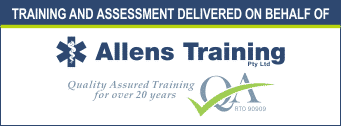As a parent, the thought of performing CPR on your baby is terrifying. But here’s the thing: knowing how to perform infant CPR isn’t about living in fear. It’s about being prepared, just in case. It’s about having the power to act if the unthinkable happens.
So, let’s talk about infant CPR. Not because we ever want to use it, but because knowing it might just save our most precious little lives.
When Might You Need Infant CPR?
First things first: infant CPR is for babies under 12 months old who are unresponsive and not breathing normally. This could happen due to choking, drowning, or other emergencies. Remember, normal breathing in babies can look different from adults – it’s often faster and more irregular.
The Steps: How to Perform Infant CPR
- Check for responsiveness: Gently tap the soles of your baby’s feet or clap your hands near their ears. As a mum, I know we instinctively want to scoop them up, but resist that urge for now.
- Call for help: If your baby doesn’t respond, shout for help if anyone’s nearby. If you are alone, call 000 put your phone on speaker. It’s important to help your infant as soon as possible.
- Check for breathing: Tilt their head back to neutral. Look, listen, and feel for breathing for no more than 10 seconds. If there’s no normal breathing or only gasping, start CPR.
- Give 30 chest compressions:
- Place two fingers in the center of your baby’s chest, just below the nipple line.
- Push hard and fast, about 4cm deep, at a rate of 100-120 compressions per minute.
- Let the chest fully rise between compressions.I know, it feels like you might hurt them. But remember, you’re literally being their heartbeat right now. It needs to be firm.

- Give 2 rescue breaths:
- Tilt the head back and lift the chin to open the airway.
- Cover your baby’s mouth and nose with your mouth.
- Give 2 gentle breaths, just enough to make the chest rise.

- Continue CPR: Keep going with 30 compressions followed by 2 breaths until help arrives or your baby starts breathing normally.
Why Learning Infant CPR is So Important
As parents, we spend so much time babyproofing our homes, researching the safest car seats, and sterilizing bottles. Learning infant CPR is just another way we protect our little ones. It’s a skill we hope to never use, but one that could make all the difference in a crisis.
Where to Learn More
Reading this article is a great start, but nothing beats hands-on practice. That’s why I highly recommend taking a proper CPR course. The HLTAID009 Provide cardiopulmonary resuscitation course offered right here in Brisbane is fantastic. It covers adult, child, and infant CPR, and you get to practice on mannequins. (Including infant mannequins)
Plus, it’s only a 45-minute hands-on session after some online theory. That’s less time than it takes to watch a couple of episodes of Bluey with your little one!
Remember, being prepared doesn’t mean living in fear. It means having the confidence to enjoy every precious moment with your baby, knowing that if the worst happens, you’re ready to act.
Stay safe, fellow parents. We’ve got this!






